The formula for calculating equivalent current (ma) from known process variable (PV), Lower range value (LRV) and Upper range value (URV).
Formula to calculate mA from PV
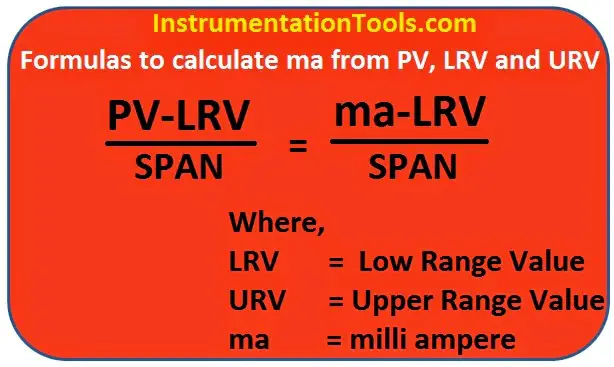
The formula is:
![]()
SPAN = URV – LRV
Where
PV = Process Variable
LRV = Low Range Value
URV = Upper Range Value
ma = milli ampere
Consider left side of formula for Process variable, LRV of transmitter lower range, Span is the difference between LRV & URV of transmitter ranges.
Consider right side of formula for current (ma), LRV of standard current range .i.e is 4ma,
Span is the difference between LRV (4ma) & URV (20ma) of standard current range
.i.e. 20 – 4 = 16, Using this formula we can calculate ma from pv and as well as pv from ma.
For example: The temperature transmitter range is 0 to 50 deg c and known current ma is 12 then how to calculate the PV of the transmitter ?
Known values :
LRV = 0
URV = 50
mA = 12mA
Standard mA LRV and URV values are as follows –
LRV = 4mA
URV = 20mA
Span = URV – LRV
Span = 20 – 4
Span = 16
Required :
PV = ?
Formula :
![]()
Solution:
Put Values in Formula
SPAN 16
SPAN = URV – LRV
SPAN = 50 – 0
SPAN = 50
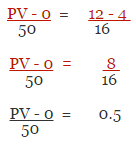
PV – 0 = 0.5 * 50
PV = 0.5 * 50
PV = 25
Also Read: Instrumentation Formulas
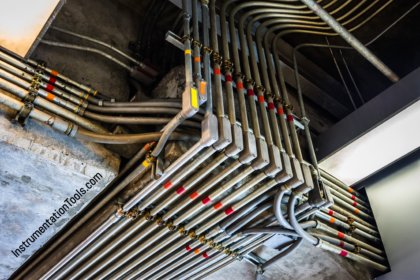
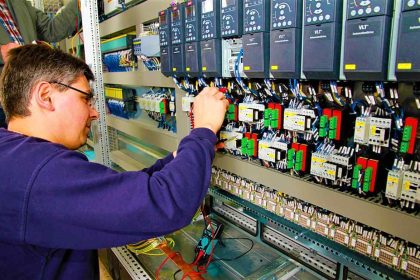
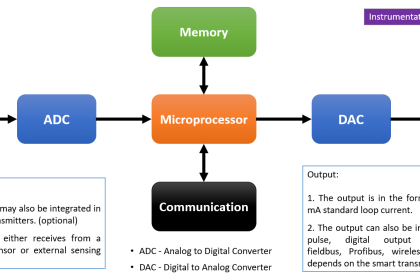
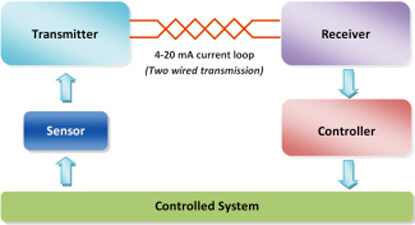

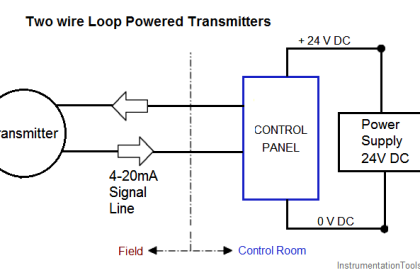
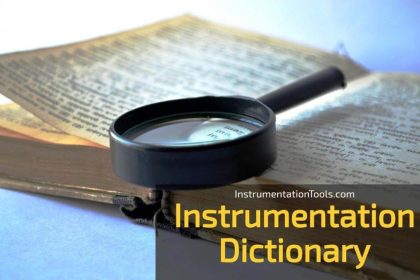
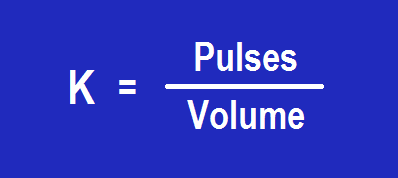

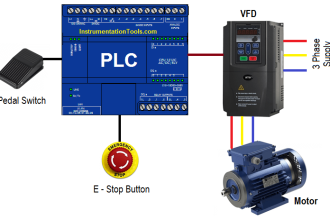

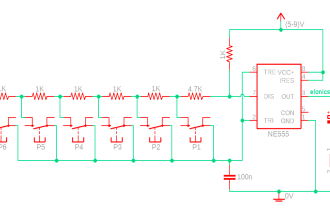
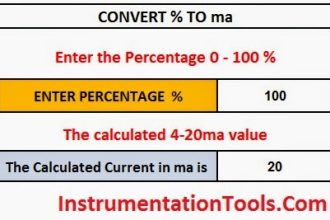
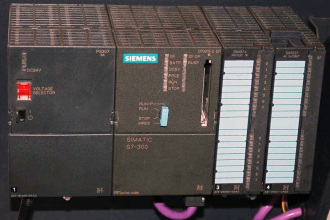



Good
Dear bhardwaj sir,we have Polmon system.we controlling temp and rh in are bye it system. Now there temp showing wrong when getting 13 mA .but system range is -40 to +60 degree .how many should be there PV temp.
Let’s assume:
LRS=4 mA, lower read signal
URS=20mA, upper read signal
LRV=-40° (°F or °C), lower range value
URV=60°, upper range value
PRS=13mA, present read sigal
Gain:
m=(Y2-Y1)/(X2-X1)
m=(60°-(-40°))/(20-4)
m=6.25°/mA
System offset:
Y=mX+b
b=Y-mX
b=60°-6.25°/mA*20mA
b=-65°
Process value:
Y=-6.25°/mA*13mA+(-65)
Y=16.25° (°F or °C)
Regards.
We calculate PV from mA through u given formula mA convertor .bt temp value getting wrong.plz give me rply.
For formula to calculate PV from mA. Click Here
Explain in detail
outstanding
plz transmitter calibration step by step full process
Instrument detail
I have another method to calculate at ease of better understanding to everyone,
For mA =,
[(16 × Process Value (PV) ÷ Process Span] + 4
For scalled variable =,
[{Scalling Span × Process Value; (PV)} ÷ Process Span]
20 mA in URV 804mmwc what is the 4 mA
160.8